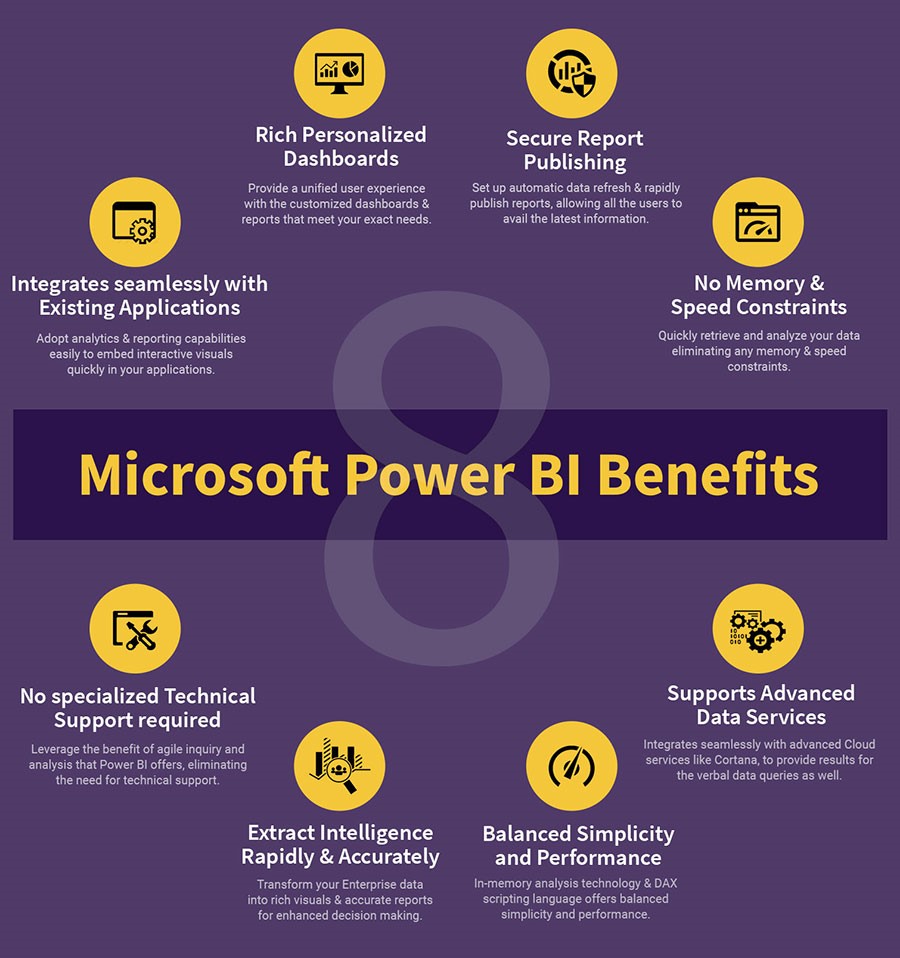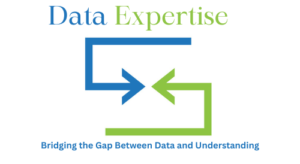Introduction
Choosing the right data visualization tool is crucial for turning complex data into actionable insights. This comprehensive guide compares popular tools like Tableau, Power BI, and others, helping you make an informed decision based on your specific needs. We’ll explore each tool’s features, usability, and real-world applications, ensuring a thorough understanding of their strengths and limitations.
Our focus keyword, ‘Data Visualization Tools’, is integral to this discussion, as these tools are pivotal in the field of data analysis and business intelligence. As we examine Tableau, Power BI, and other notable tools, we’ll provide insights and real-time examples to illustrate their practicality in various scenarios.
Tableau: Features and Applications

Tableau is renowned for its intuitive user interface and powerful data visualization capabilities. It allows users to create a wide range of interactive and shareable dashboards.
- Key Features: Drag-and-drop functionality, real-time data analysis, and extensive customization options.
- Applications: Widely used in business intelligence, marketing analytics, and healthcare data analysis.
Real-time example: A marketing agency uses Tableau to track and visualize campaign performance metrics, enabling quick adjustments and data-driven decision-making.
Power BI: Strengths and Use Cases

Power BI, a product of Microsoft, is known for its deep integration with other Microsoft products and services. It’s a robust tool for creating comprehensive data models and reports.
- Key Strengths: Seamless integration with Microsoft products, advanced data modeling capabilities, and affordability.
- Use Cases: Often used in financial analysis, sales data tracking, and enterprise-level reporting.
Real-time example: A financial institution leverages Power BI to consolidate and analyze complex financial data from various sources, enhancing its reporting and forecasting capabilities.
Other Notable Data Visualization Tools
Beyond Tableau and Power BI, several other data visualization tools cater to specific needs and preferences. Tools like Qlik, Google Data Studio, and Domo offer unique features and functionalities.
- Qlik: Known for its associative data modeling and responsive design.
- Google Data Studio: Offers seamless integration with Google’s suite of tools and real-time data collaboration.
- Domo: Excels in data integration and offers a comprehensive business management suite.
Real-time example: A digital marketing firm uses Google Data Studio to integrate and visualize data from various online campaigns, providing a unified view of performance metrics.

Comparing Features, Usability, and Cost
When comparing data visualization tools like Tableau, Power BI, and others, it’s important to consider various factors such as features, usability, and cost. Each tool has its unique strengths and pricing models, making them suitable for different business needs and budgets.
- Tableau: Offers advanced visualization features but at a higher cost.
- Power BI: Provides a more affordable option with strong integration capabilities.
- Other Tools: Vary in their niche functionalities and pricing, catering to specific market segments.
Real-time example: A startup may prefer Power BI for its affordability and integration with existing Microsoft services, while a large corporation might opt for Tableau for its advanced features and scalability.
Making the Right Choice for Your Needs
Choosing the right data visualization tools depends on your specific needs, the size of your organization, and the nature of the data you’re working with. It’s essential to consider the tool’s compatibility with your existing systems, the learning curve, and the level of support and community around it.
Real-time example: A small business with limited technical resources might choose a tool with a lower learning curve and strong community support, while a large enterprise with complex data needs might prioritize advanced features and customization options.
Conclusion
In conclusion, the choice of a data visualization tool is a critical decision that can significantly impact the efficiency and effectiveness of your data analysis. Tableau, Power BI, and other tools each offer unique features and benefits. By carefully assessing your needs, budget, and the specific features of each tool, you can select the best option to transform your raw data into meaningful insights.
This guide has provided a detailed comparison of popular data visualization tools, offering insights into their functionalities, applications, and suitability for different scenarios, helping you make a well-informed decision in your data visualization journey.




Hi there! Excellent post, it was very useful… In other hand, Do you know about important conferences this year (2024) to be on vanguard in BI?